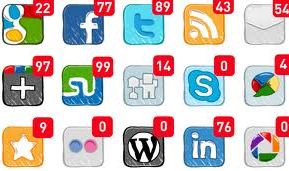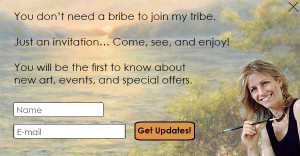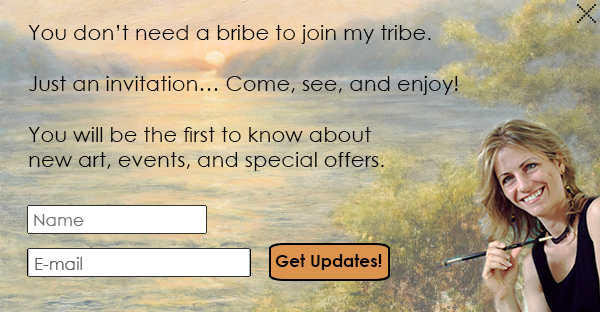
Here is a bit of often under-appreciated advice I share with students in my workshop. I suggest they keep a log of their art achievements. It may be a simple Word document, with bullet points, under a date header that they occasionally revisit and update. In it they may wish to capture anything from tackling a new subject matter to landing a commission to being sought out for an interview in a magazine. Other milestones may include getting into a show you wanted to get into or doing your first (second, etc.) open studio. It can even be launching, or otherwise improving, your website. And, of course, recent sales.
Why do I do it? Because I know, from experience, that this log is an eye opener. It helps shine a light on the good stuff that happens when we are otherwise busy pursuing our art. Let’s face it, certain things we do don’t work out. There are rejections, unreturned phone calls, unanswered emails, frame damage, etc. These all come with the territory and breaking new grounds. It is sometimes easy for artists putting their blood, tears, and sweat into their work to over emphasize that which didn’t happen and to fail to recognize all that did, and does, happen. And, if you do this exercise, not only will it likely help change your perspective but you will likely also realize that many incredible things happened that you didn’t even plan for. In fact, you may even realize that some wonderful things that happened were things you could not have made happen if you tried.
Let me give you an example to illustrate my point. One afternoon, out of the blue, I got a call from HGTV wanting to include my art in an upcoming episode of their show, which is nationally syndicated. They even offered to renovate my home as part of the program. How did they find me? Well, it turned out they saw a press release I sent when a local hospital bought a number of my works. The press release included images of my paintings. Luckily my press release was not just run locally in print but was also included on the newspaper’s website. This online inclusion allowed a West Coast based show looking to feature a home art reception on the East Coast find ME. This is but one of many examples.
Keeping a log of your art achievements is a great way to keep things in perspective, recognize milestones, and spot some incredible patterns!
Do you take time to recognize your art achievements? Please share. I’d love to hear from you!
If you’d like to use my articles in your newsletter or on your blog. All you have to do is include the following:
Liron Sissman is a professional artist and an MBA. She coaches artists at ArtistAdvisory.com. This article was originally published in her ArtistAdvisory Blog: The Art of profiting from your Art which is sent to thousands of artists who are elevating their businesses. Start your free subscription today and read more articles like this at www.artistadvisory.com








